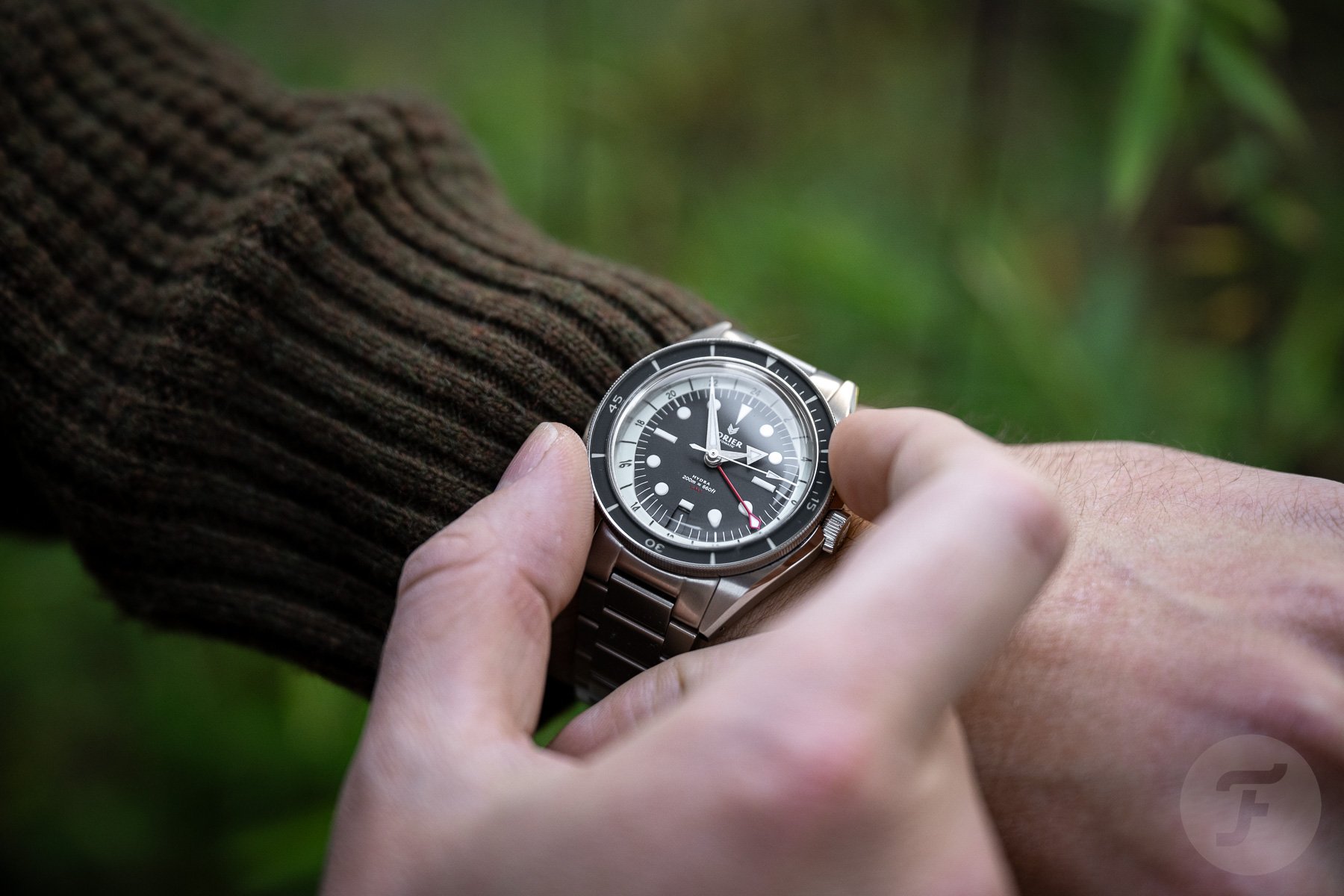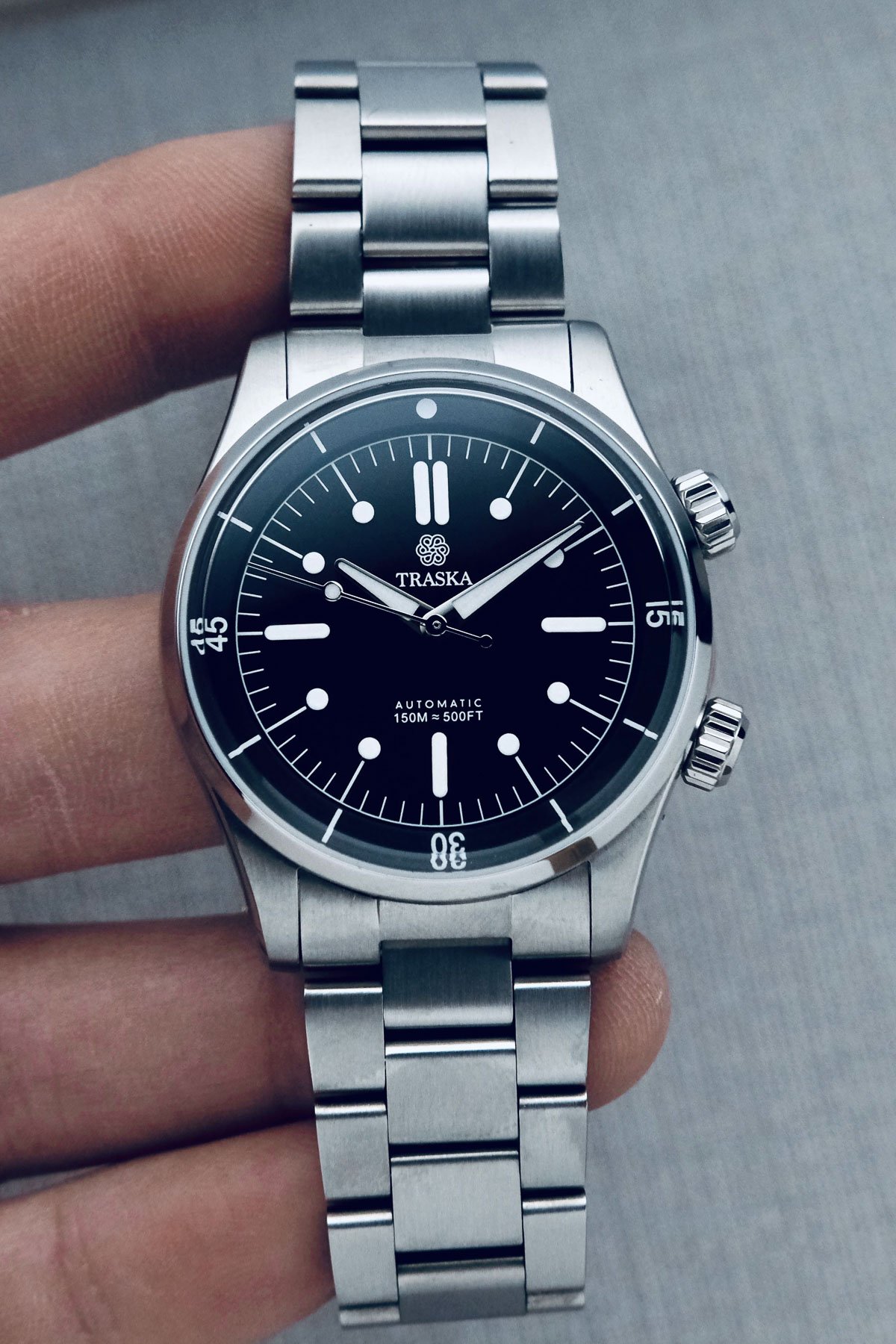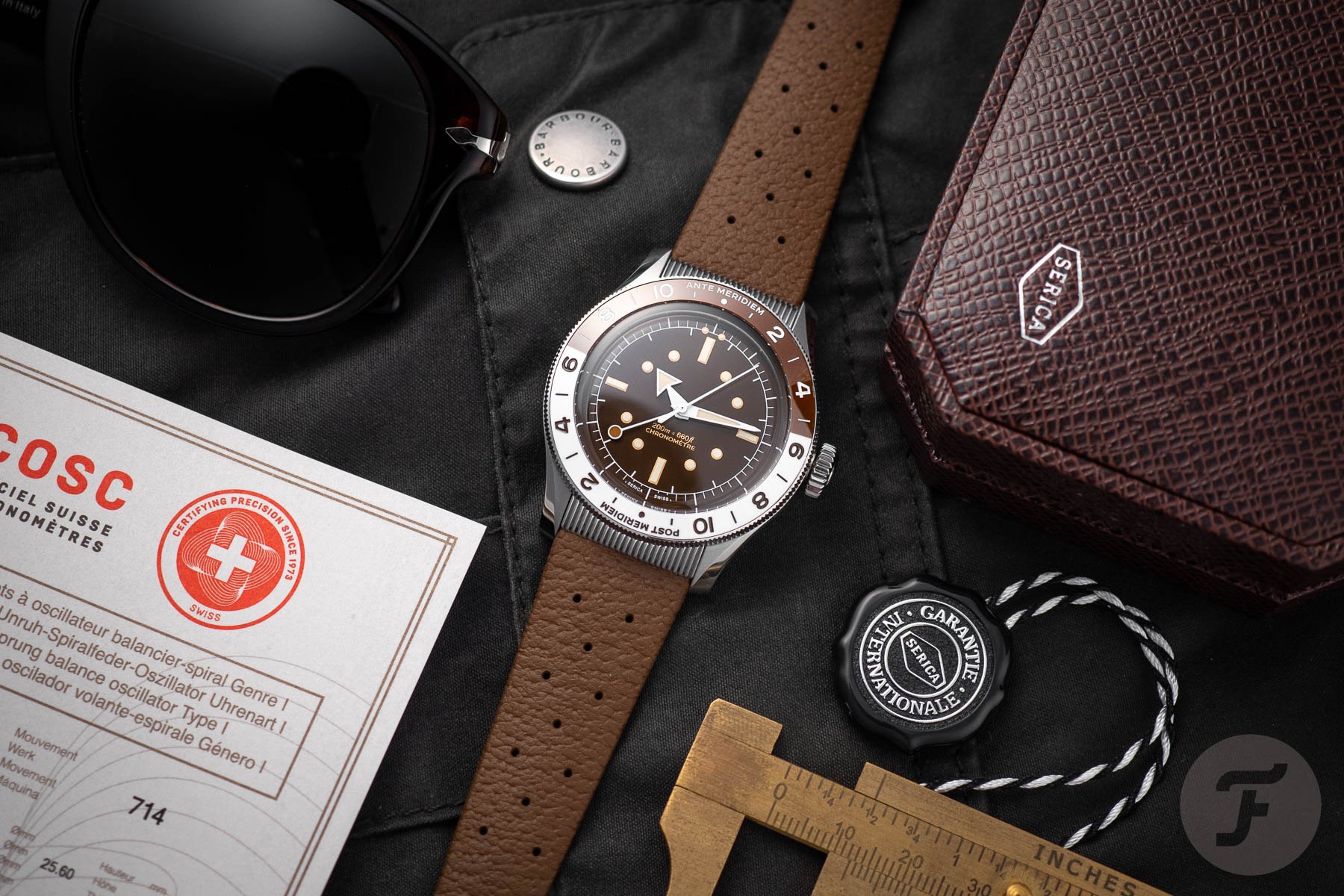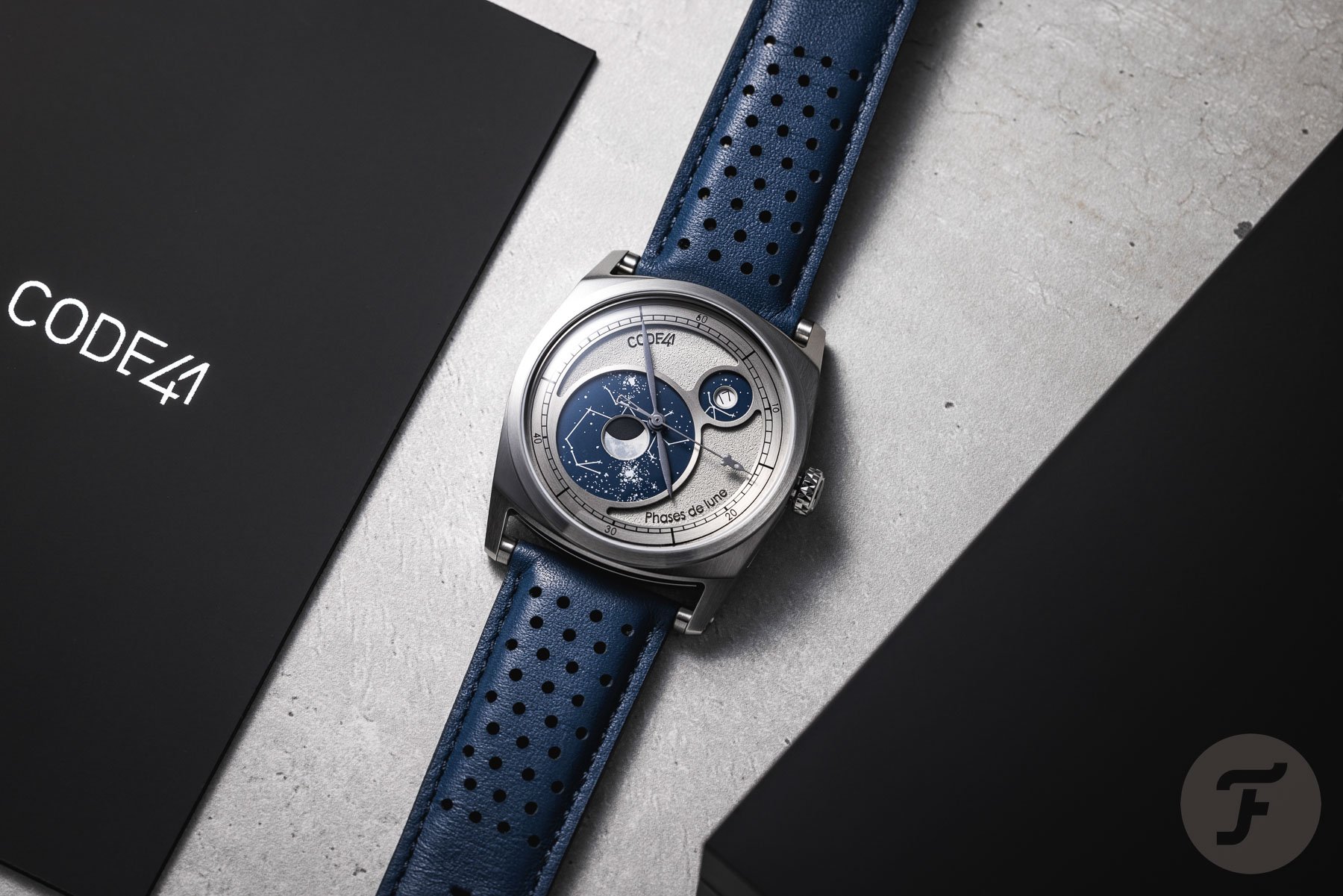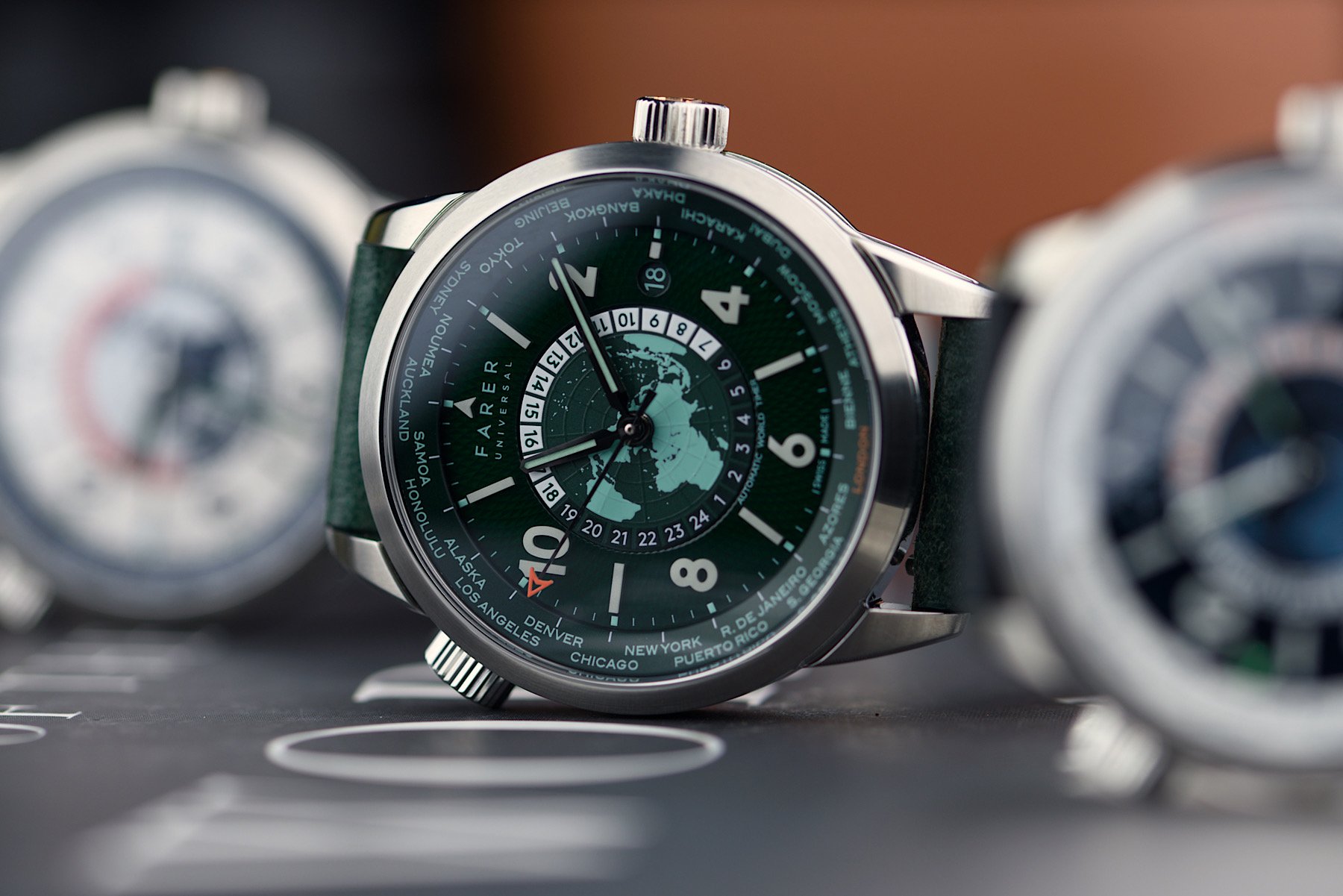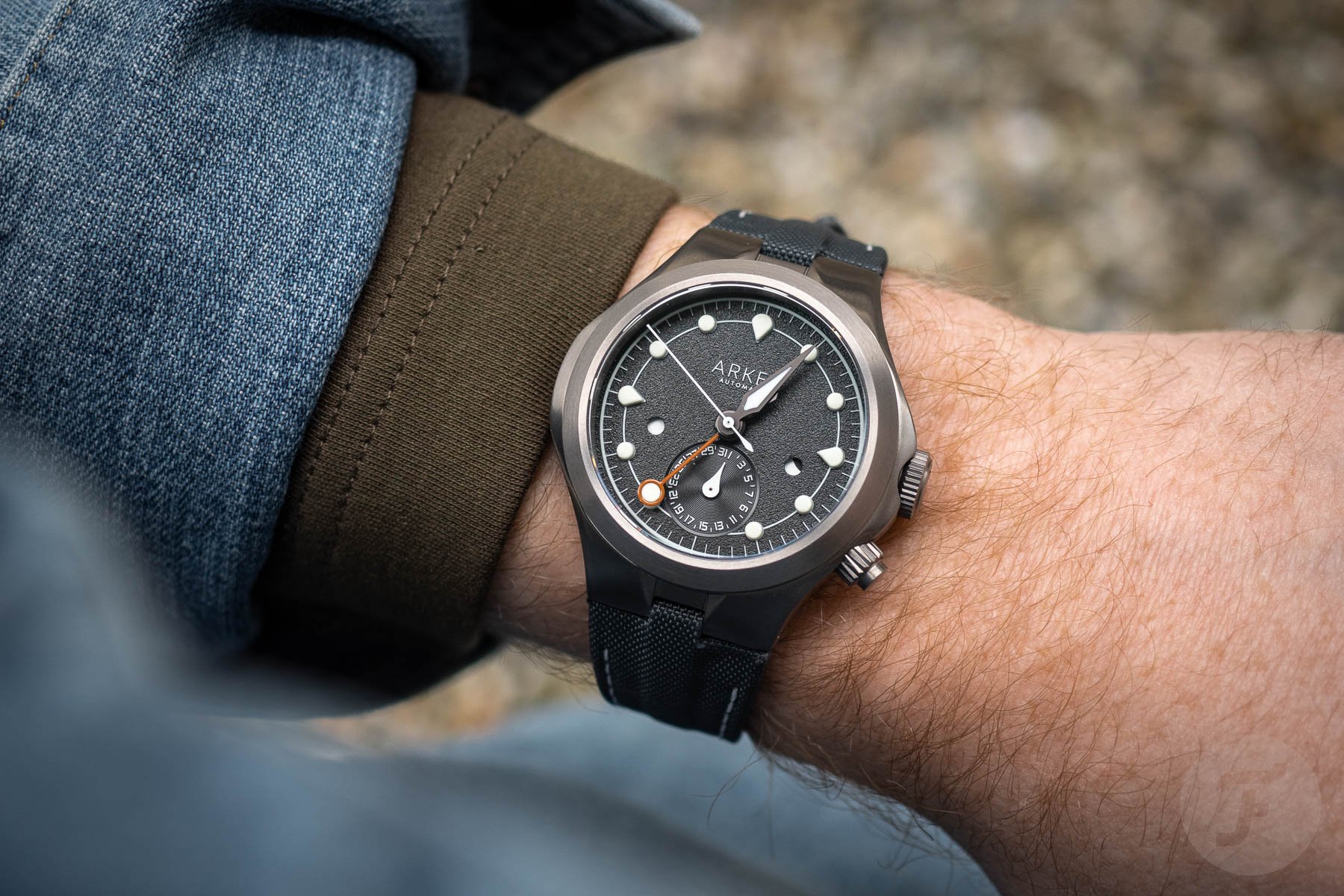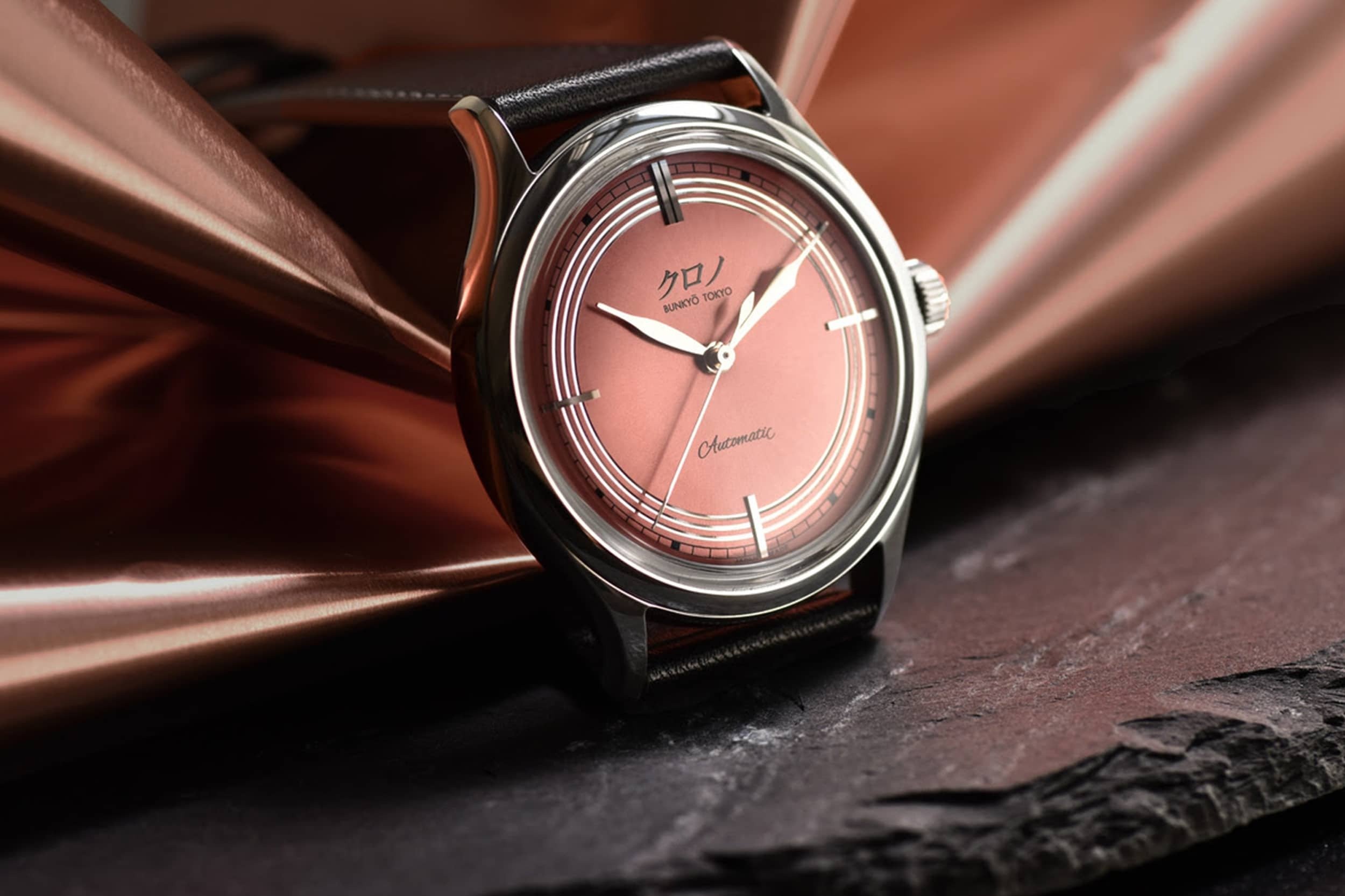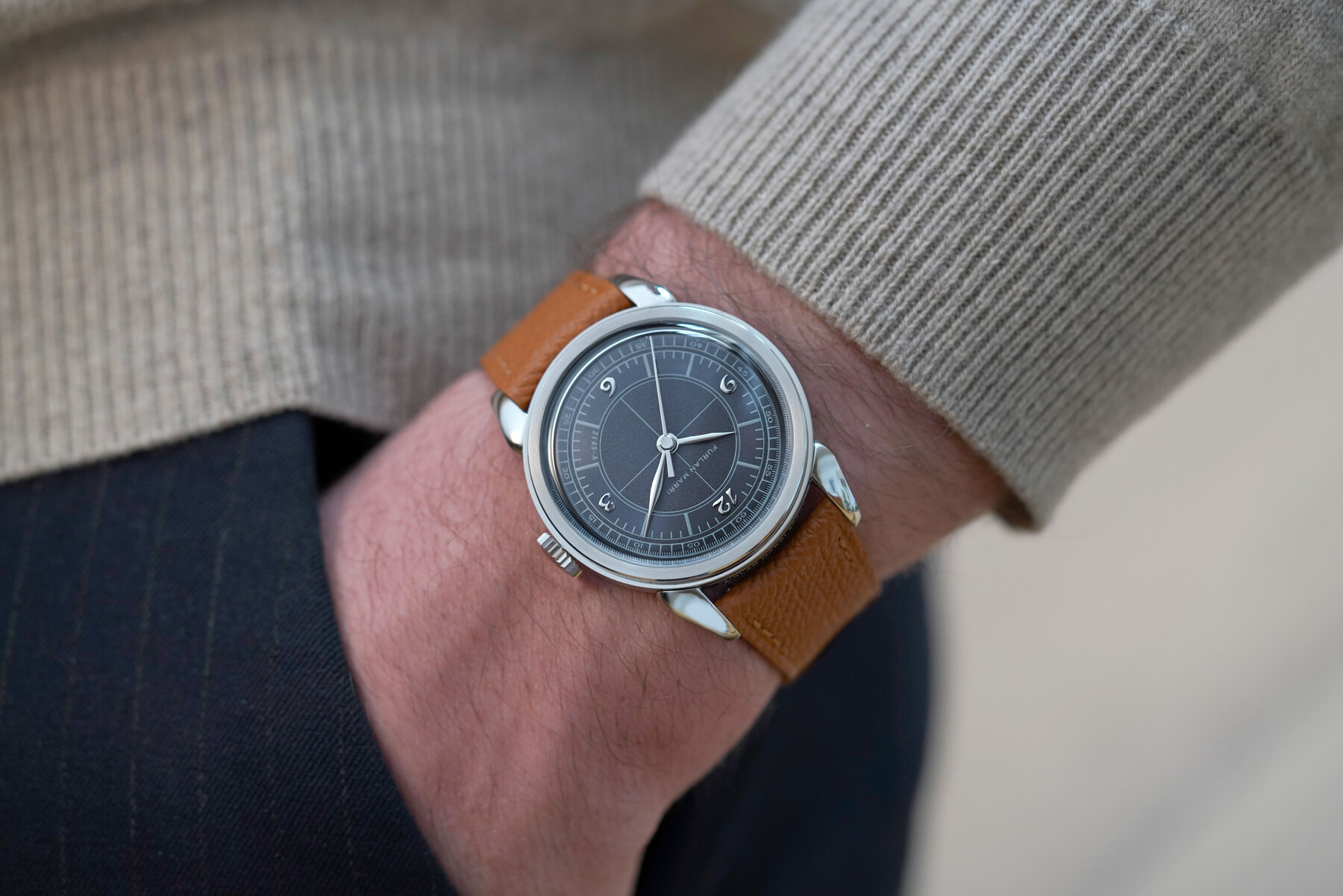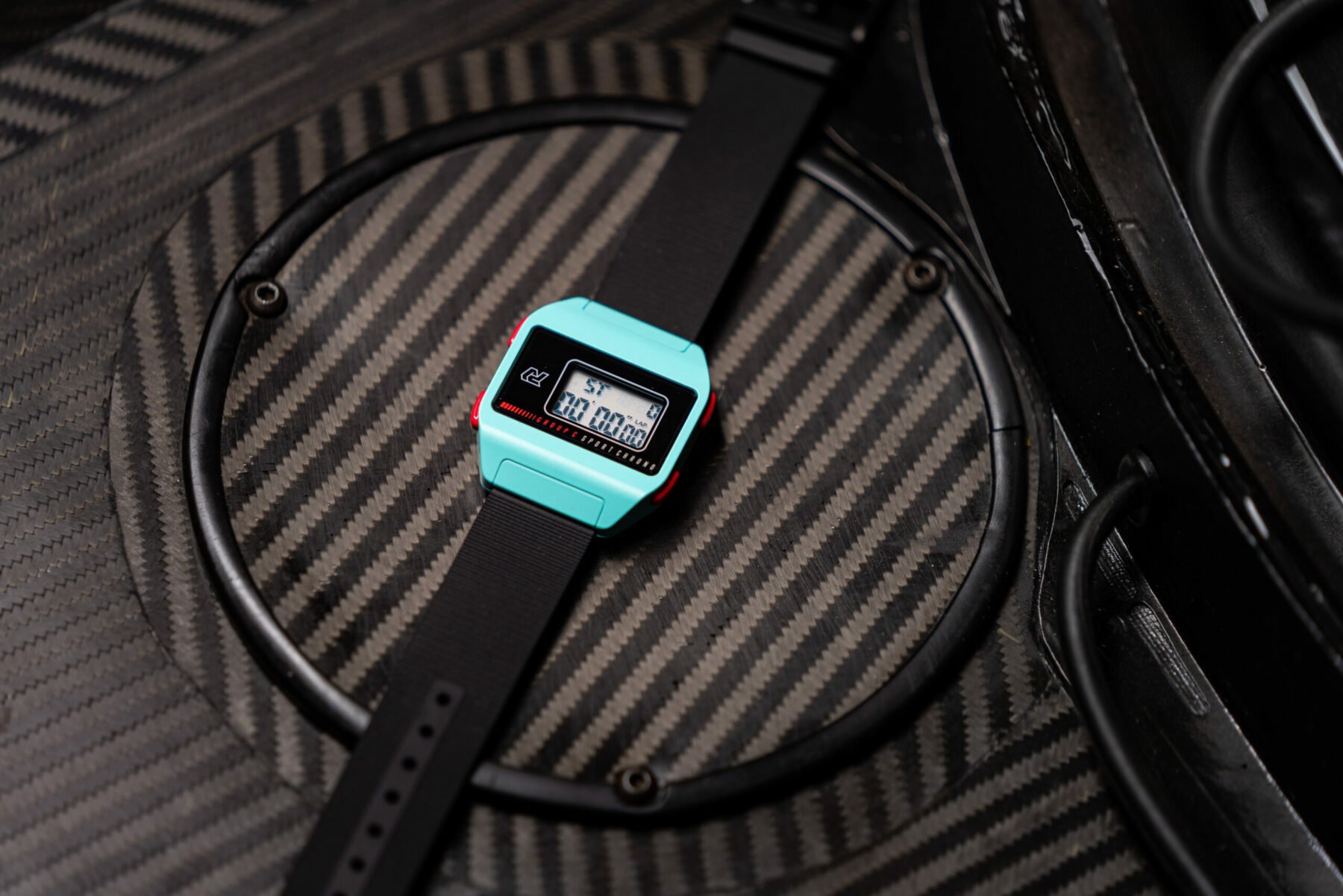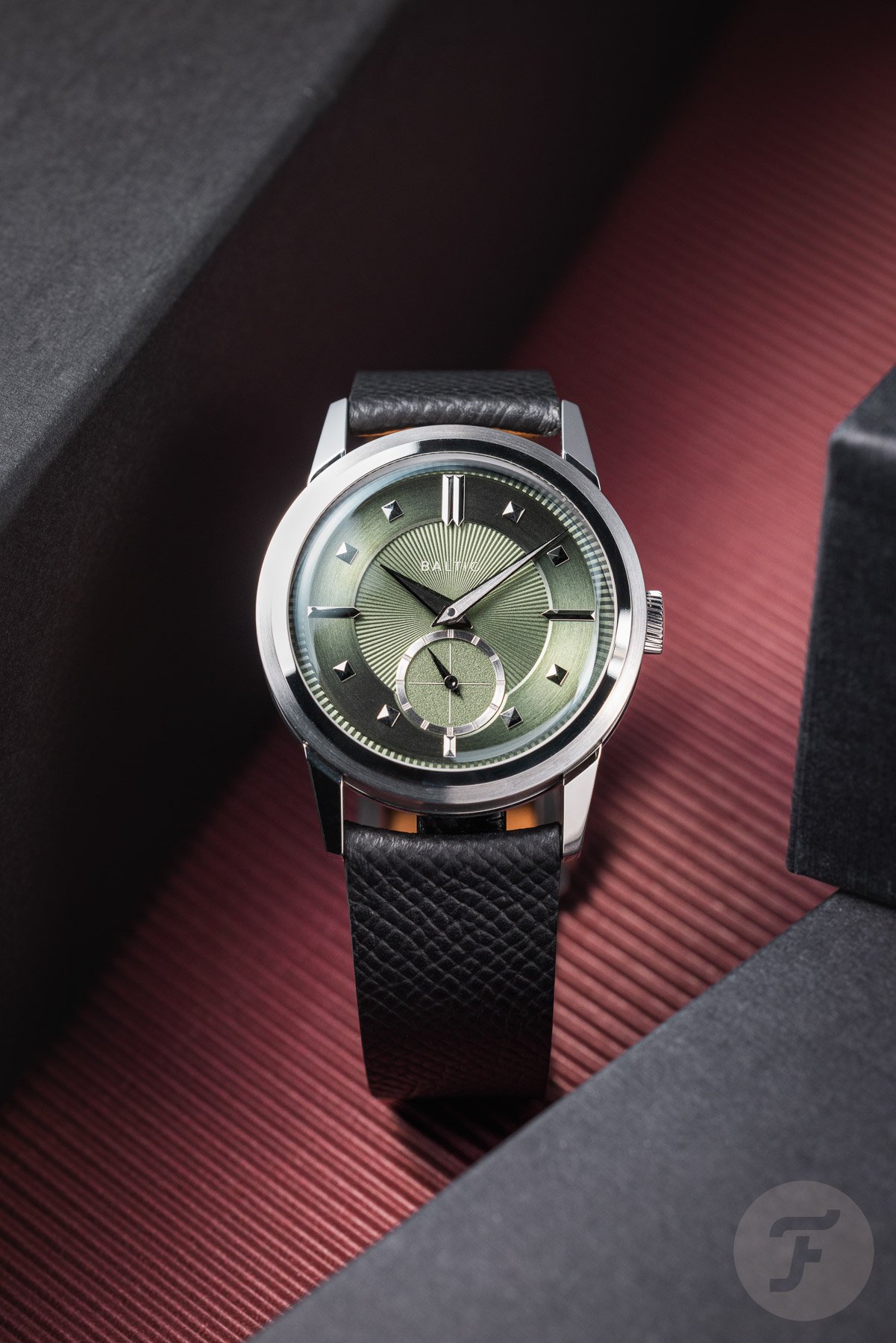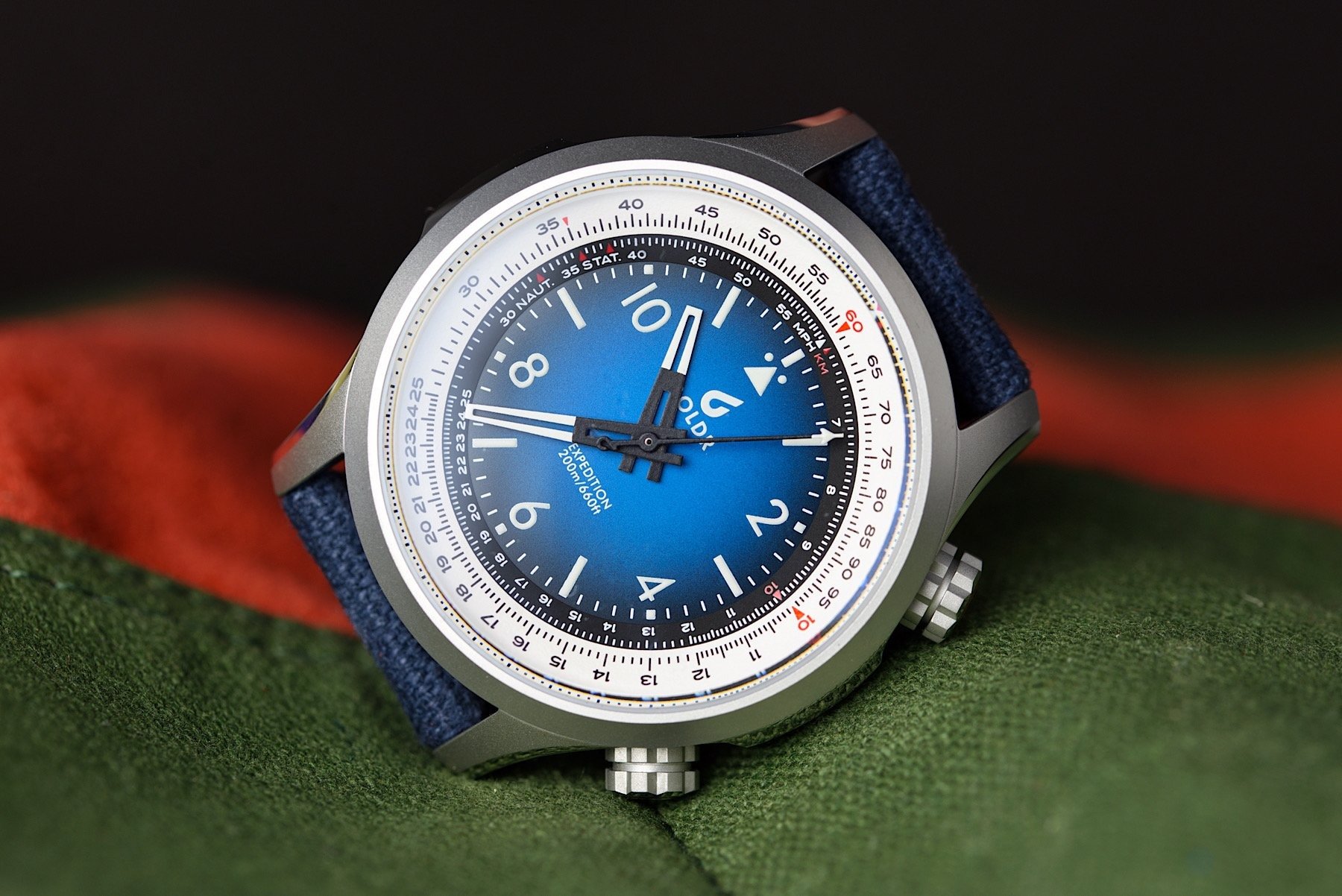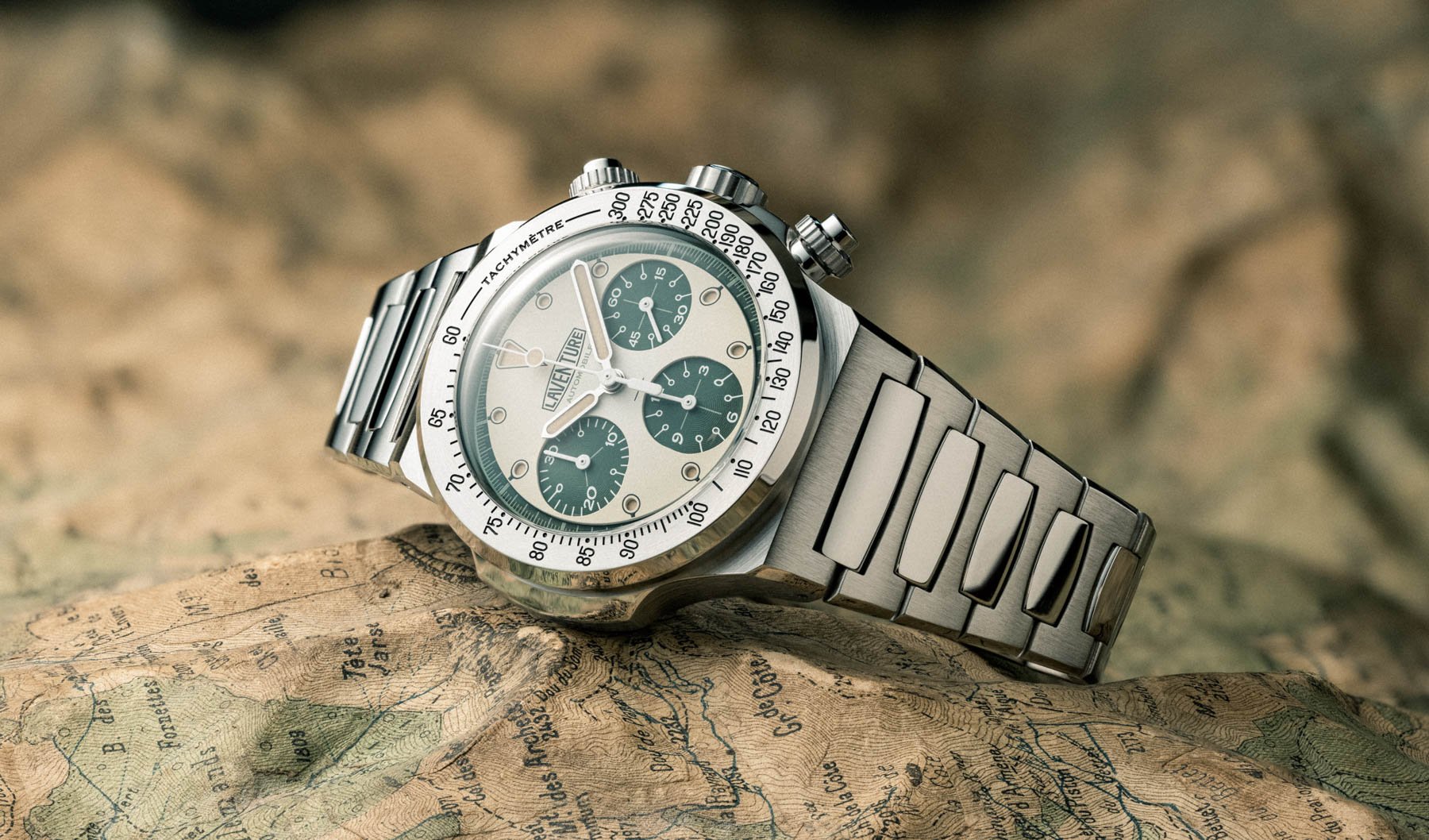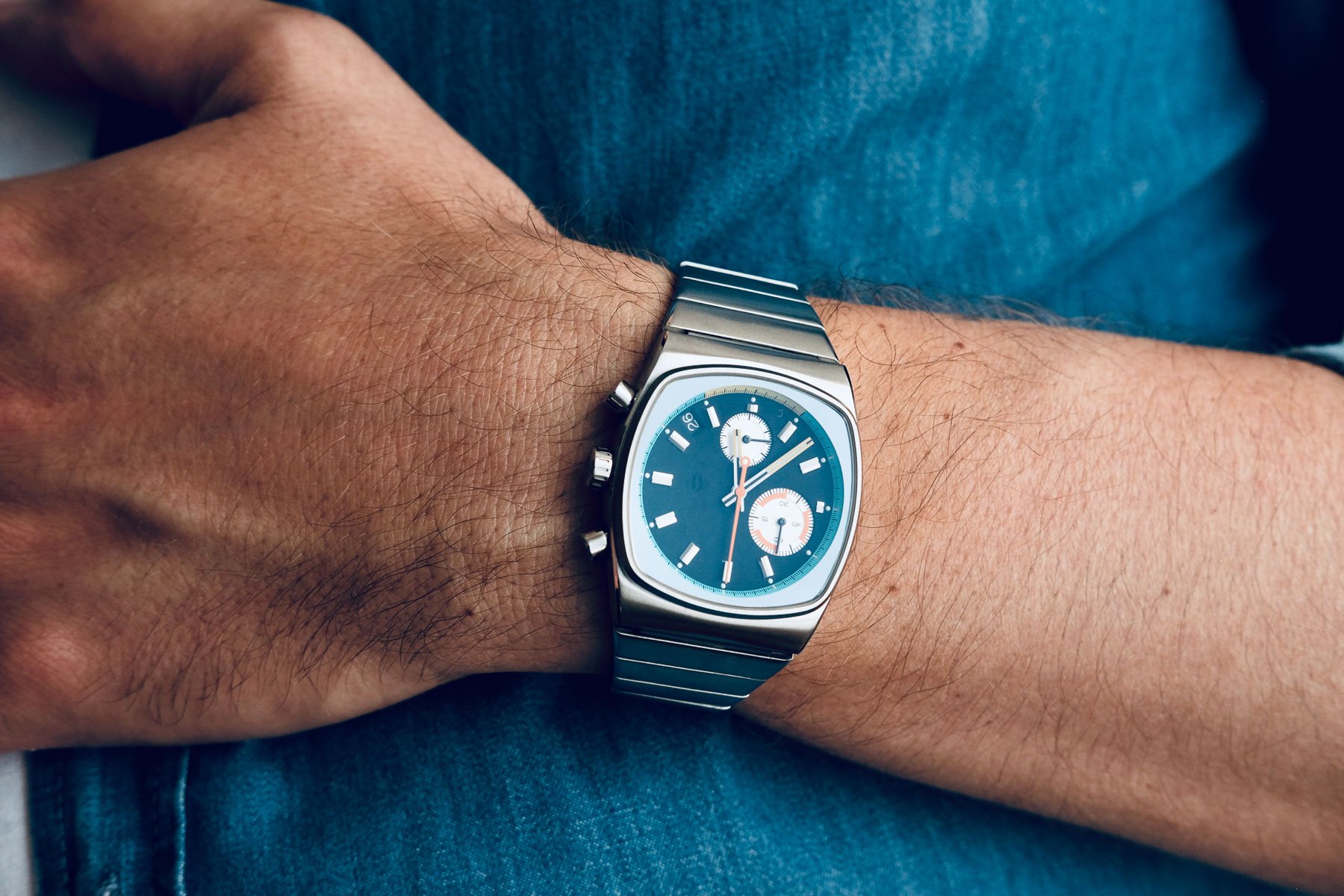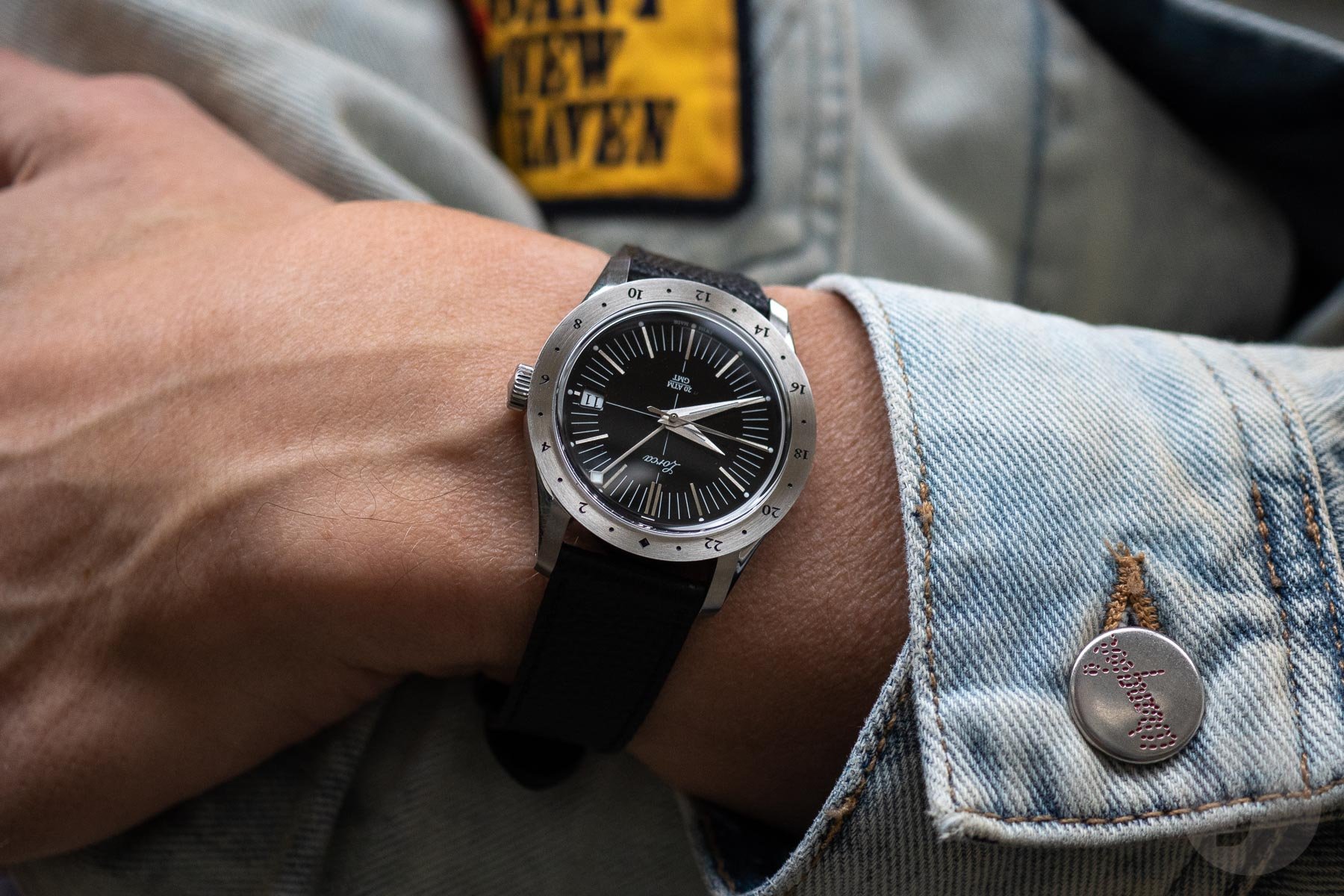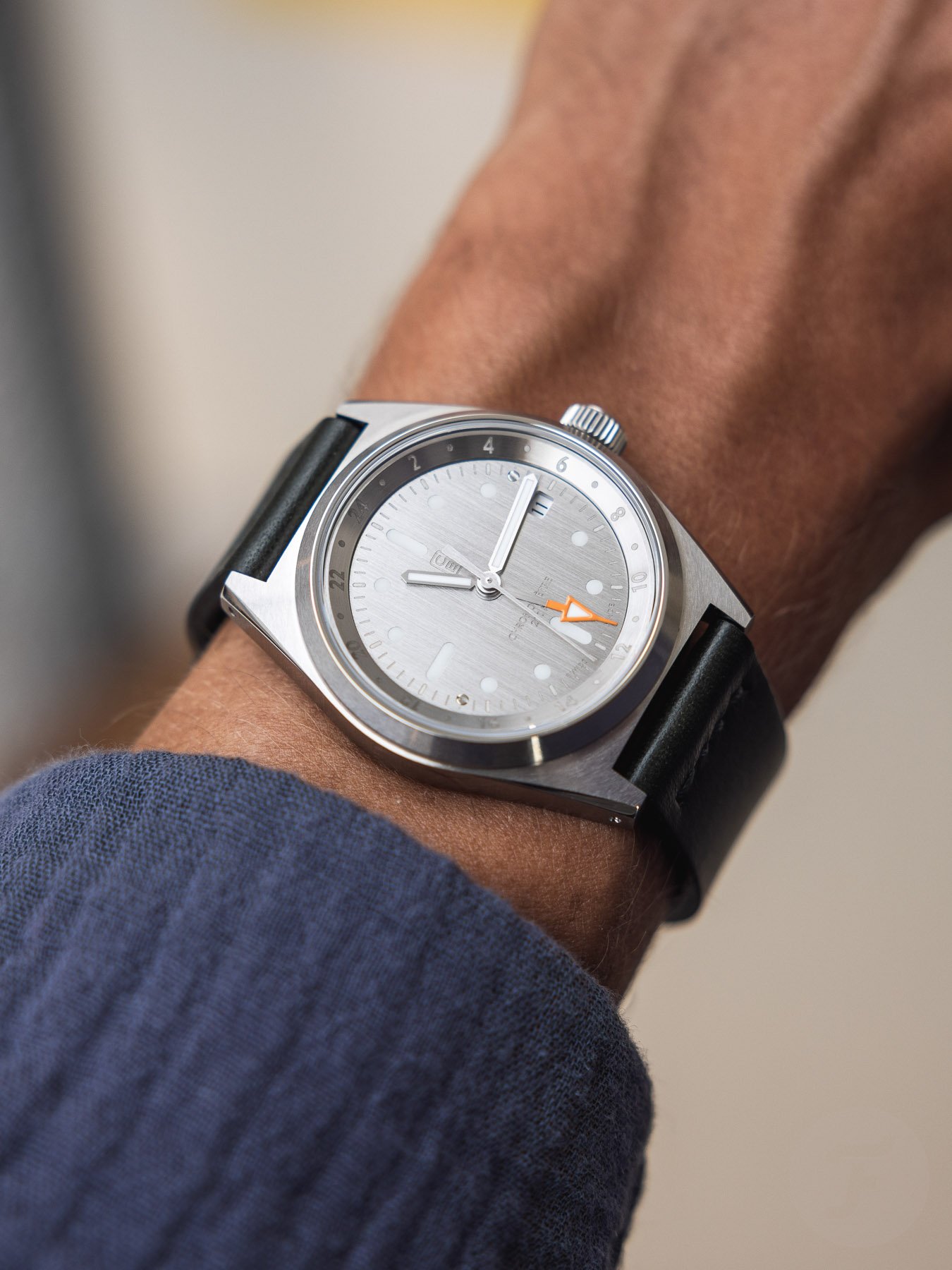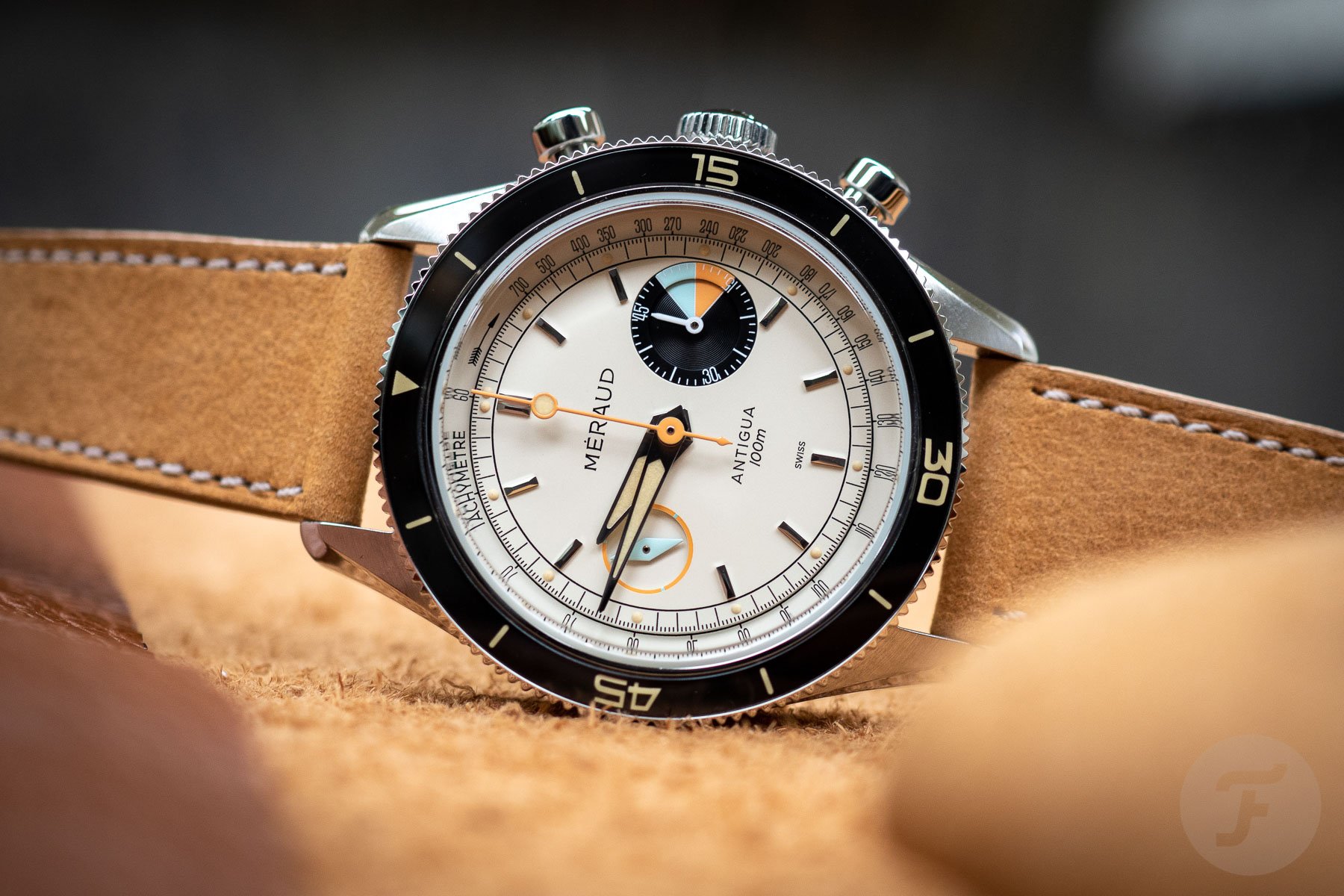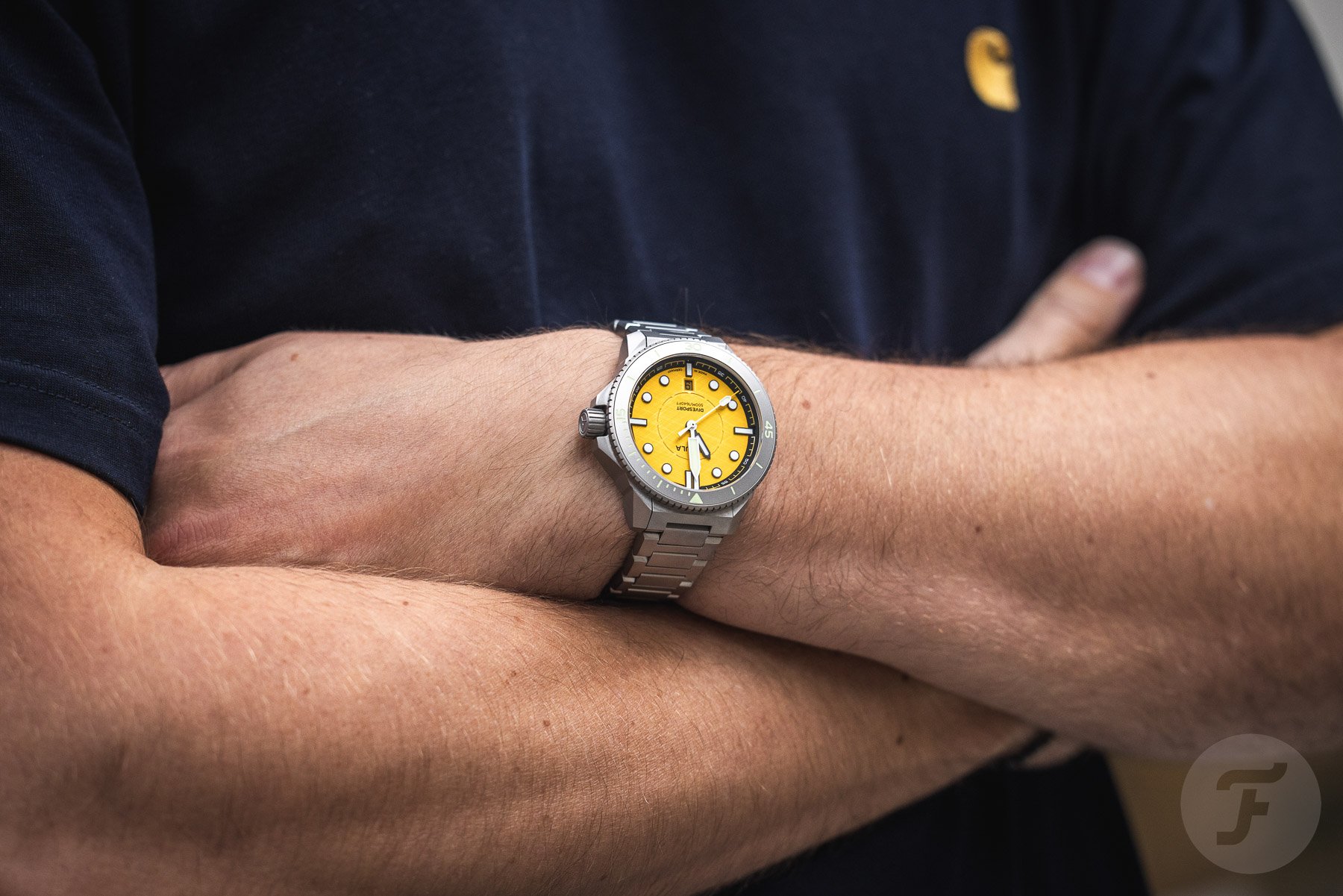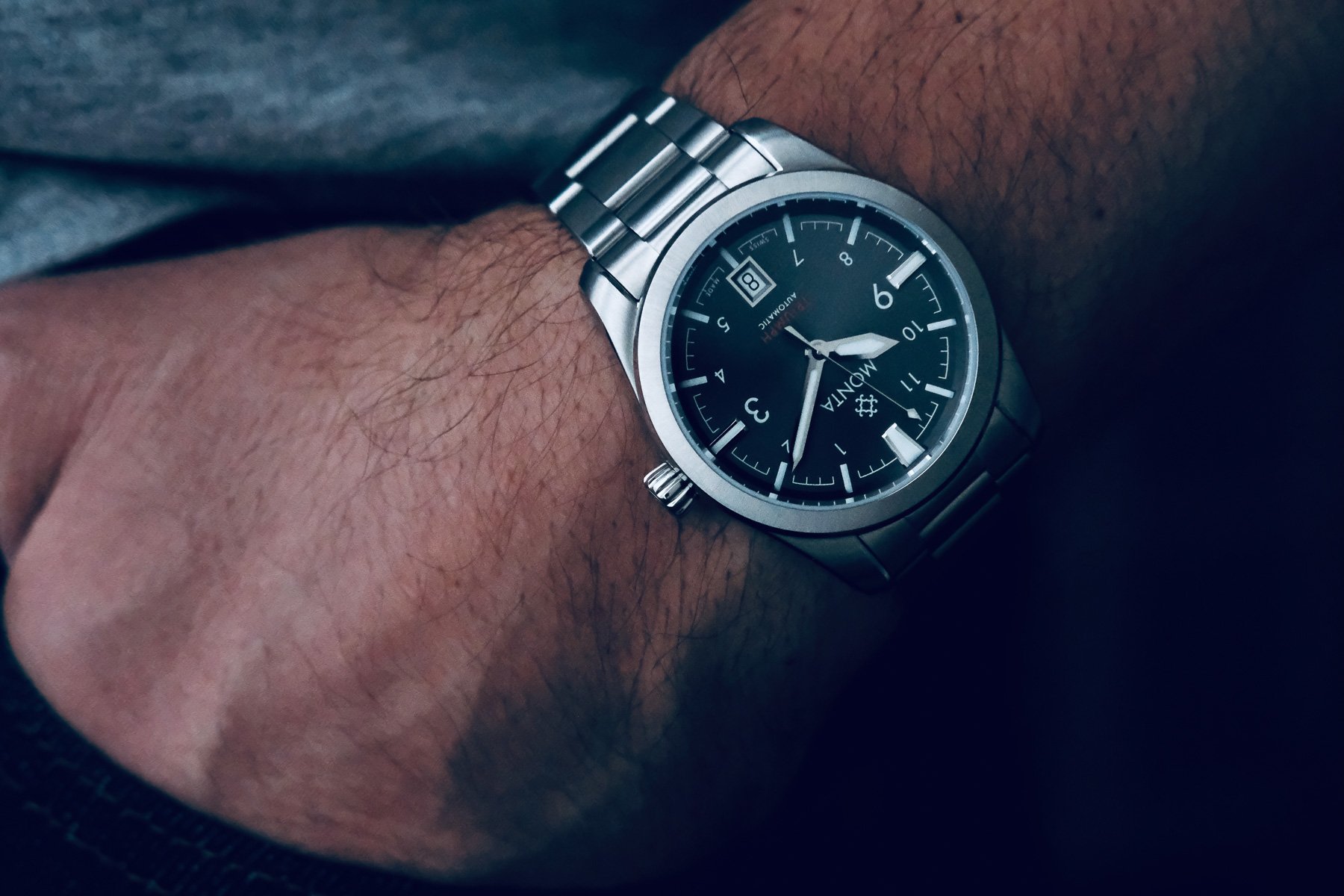So You Want To Start A Microbrand? — Here Are 10 Tips
So you want to start a microbrand, do you? Many watch enthusiasts find themselves playing around with the idea of developing a watch of their own. Some actually pursue it. If you plan to be one of them, there are many pitfalls you may find yourself running into. As someone who has recently navigated many of them, I would love to share some tips to save you from the mistakes I made.
Am I an expert? Certainly not. At the time of writing this, only a good week has passed since the presale of my debut model has succeeded. Admittedly, steam is still coming out of my ears, and adrenaline is still pumping through my veins. I am by no means running a successful microbrand just yet. But I have gone through the cycle of conceptualizing, designing, developing, producing, and selling my debut watch now, and that has yielded plenty of experiences to share with you. Buckle up because there is a lot to cover!
1. Selling watches comes with complications
Let me kick things off with the purely practical: high-value watches attract crime and fraud. Although (I assume) perfectly honest and legitimate, your fledgling business will still be flagged as risky by payment providers and your bank. You would not be the first to get your assets frozen by a payment provider two days into running your crucial presale. It happened to me. Both Mollie and PayPal flagged my sudden revenue peak from watches as suspicious and froze my accounts. They are also not optimally structured for presale projects. It is easily resolved, but it’s not the kind of worry you want during the most stressful phase of your project. My tip? Tell your payment provider and bank in advance. I wish I had.
Equally, couriers aren’t crazy about watches. They are usually excluded from additional parcel insurance schemes. So even if you insure your parcel for its full value, you will not be reimbursed if it goes missing or comes up damaged. Luckily, there are external insurance companies that will cover watches. Secursus is one such company. Another thing to realize is that shipping watches to the US from abroad requires a detailed breakdown of the watch’s parts, their origin, and value. Otherwise, your shipments will be held at customs.
Lastly, it is good to know that you cannot just store your stock in your attic or office. Storing watches comes with all sorts of risks that are hard to insure. Look into secure locations that specialize in providing this service, maybe even combined with fulfillment if you want.
2. Register your name when you start a microbrand
Let me stick with the practical for a moment. Another crucial step is to register your brand. This may seem like overkill at first, but imagine the following: you have just gone through a year of dedicated work, resulting in your dream watch. You found buyers for them, and you are now, at long last, ready to ship them out. And then you receive an email from someone you don’t know, claiming you are using his or her registered brand on your dials. “Cease and desist!” That will end your seedling watch company.
The prudent thing is to register your brand name. You can start locally and expand from there. It is often easier to expand a national registration internationally than to go abroad immediately. Some regions work on a first-come-first-served basis. Someone could, theoretically, see your work and quickly claim your brand name before you do. Other regions have fair-use policies, which, if you can prove you were already using the name, give you first dibs.
You can do the registrations yourself or get a legal specialist to do it for you. If, like me, you use both a full name and an initialism, it will double your cost. Should you ever want to sell your company, registered brands are a must. You will have to budget for this as it can run into the thousands or even tens of thousands of euros, depending on how far you want to go.
3. Find an edge before you start a microbrand
If you plan on starting a microbrand, chances are you are a watch enthusiast. It is very rare for complete outsiders to enter the watch world and successfully launch a watch of their own. Still, my advice would be to make sure you have an edge, some sort of unique advantage that you can leverage to improve your odds.
Take, for instance, Jody Musgrove of Erebus watches. He spent years building his “Just One More Watch” YouTube channel before launching his microbrand. His style and message spoke to a very specific subset of watch enthusiasts that his watches now cater to as well. I am not claiming this was a planned effort all along, but he recognized his edge and leveraged it.
Mine is pretty obvious too. My visible position at Fratello not only gave me an audience but also opened doors with partners and suppliers. My years as a vintage dealer also helped a lot with my brand concept and the technical and design decisions. In the end, there are simply too many people flooding into this space, so you need some sort of edge. If you don’t have one yet, my advice would be to find one. Mine was substantial, and it has still been extremely challenging to get to where I am now. And that is still far from guaranteed success.
To come in as an outsider and muscle your way in is extremely tough. Most who succeed have something, whether it is an existing audience, a physical shop, a successful brand in a complementary field, or massive financial backing. Don’t underestimate that last one. The “I am just a guy with a dream” routine is more often than not accompanied by a hidden “and a massive trust fund to get me started.” The tip here is: don’t compare your inside to someone else’s outside.
4. You are stepping into the public arena — prepare for it
I had a tiny bit of experience with online scrutiny as a Fratello writer, but I was still caught off guard when I launched my watch. As soon as you start releasing anything, you will receive tons of praise, criticism, and scrutiny. Sometimes, this comes with a fanaticism that can ruin your day if you are not prepared. There were days when I wished I had never started and just wanted to stay in bed, hiding from people bashing my work.
The crucial thing to realize is that every single creator experiences the same. Whatever you put out, be it art, music, writing, or any product, people will provide their unsolicited feedback. And they have every right to. The thing is, you can never please everyone. Your watch will always be too big, too small, too sporty, too formal, too expensive, too cheap, and everything in between. And you will be told so daily, sometimes politely and sometimes terribly rudely.
As much as it is people’s prerogative to share opinions, it is yours to take it how you want it. I made the mistake of always engaging and trying to explain my choices. It took a while to find out that it only led to more entrenched opinions. Rest assured, you will recognize an honest doubt from someone eager to get on board among a sea of people just lashing out. I have now made it a rule that I don’t engage with any unsolicited feedback from people I don’t know personally. I could spend my entire working day doing so at the expense of my mental well-being and no advantage to my actual work. My tip here? Accept that some people will dislike you, and set some rules of engagement to keep a healthy psychological distance from detractors. Find your fans, and don’t argue with the rest.
5. Stick to your core concept when you start a microbrand
In a saturated market like this, you need a distinguishing element. This can be a specific aesthetic, technical innovation or feature, or even personal taste and style. In line with my previous point, I believe it is crucial to stick to your core concept even when it feels like the world is telling you that it won’t work.
Granted, this tip has the potential to kill your fledgling microbrand if your core concept isn’t good. But I still have two reasons for pushing it. First, as soon as you start diluting your concept with outside feedback, you lose your unique character. The one edge you have over big brands is that you can be uncompromising and avoid design by committee. This is one thing you absolutely have to leverage to stand any chance.
The second reason is that, if you do fail, it is easier to accept it this way. If you have followed your internal compass and have done everything exactly as you believe it should be done, you have left no stone unturned. If you dilute your concept with popular opinion or commercial considerations, I am sure you will regret it forever if it doesn’t work out. And, to echo the above, there is no way you will please everybody anyway.
6. Seek feedback from the right people
Now, the previous two points are not intended to suggest that you don’t take advice. I think it is crucial to gather a small group of people around you whose opinions you value. Ideally, these people should be industry insiders. They can stress-test your assumptions and provide out-of-the-box ideas when you are stuck on a challenge.
I think there is great value in doing this with a complementary partner too. I am a pretty extreme loner (to a fault), and even I sometimes wished that I’d had someone to share the journey with. Just be sure that the person who serves as your sounding board feels safe to be brutally honest with you. You have no use for people cheering you on as you run off a cliff.
7. You can only position yourself once when you start a microbrand
I have been told that, as the founder of a new microbrand, I should pay my dues by starting with a sub-€500 watch. Once I had done that, I could move up to my intended segment. I cannot look inside this commenter’s head, but I assume it stems from the broadly held belief that microbrand watches should be cheap. As you may know, my entire premise was to challenge that notion by asking, “What if a microbrand did not cut the typical corners needed to stick to a low price point?”
I firmly believe that you only get one chance to position yourself. There are exceptions, but generally, it is very hard to shift segments. Think of it this way: if Dacia introduces a €200,000 sports car, would you pick it over a Porsche or an Aston Martin? Your energy, I believe, is much better spent getting great within your chosen segment than it is jumping segments. Again, there are exceptions. Baltic has introduced watches in significantly higher segments than it used to. So has Furlan Marri. Nevertheless, my advice would be to claim your intended segment from day one. It provides clarity and sends a message: this is what we are, and this is what you can expect from us.
8. Take good care of yourself when you start a microbrand
If you decide to start a microbrand, chances are it comes from a deep passion and a drive to materialize the ideas that live inside of you. That means you are deeply emotionally invested in your project. Add to this the pressure of starting a small business, which is likely the biggest thing you have ever done career-wise and financially, plus the public scrutiny we covered above, and you have an incredibly psychologically taxing cocktail.
At the risk of over-sharing or sounding pathetic, I don’t mind admitting that I came close to a nervous breakdown right after my presale succeeded. The tension had built up to such a point that even the huge relief of passing the crucial threshold didn’t dissolve it. It took me a good week to get a decent night’s sleep and have any semblance of my normal patience and self-control once more. It is the inevitable result of doing something I care about with such high personal stakes.
I took up a pretty intensive CrossFit routine and some big dietary improvements halfway through the project. That was coincidental rather than coordinated, but I would highly recommend it if you are of half a mind to start a microbrand (or any passion project or business). Being in good physical shape improves mental sharpness and resilience, and you will need both. Admittedly, it didn’t make it a smooth process for me, but I am sure I would have been in worse shape without it. Compartmentalizing my time and spending quality phone-off time with family was crucial too.
9. Build reserves, both in parts and finances
Developing and selling a watch is one thing. You want to properly look after your customers to have a chance in the long run. This means handling any issues that might present themselves, even if they aren’t technically supposed to be your responsibility.
Imagine your watches come back with some technical issue caused by one of your suppliers. You expect the company to handle it under warranty, but the people there don’t play ball. “Nope, we’ll see you in court if you want,” is the reply you get. Now what? You will need sufficient reserves to handle such unforeseen issues. Water-tight contracts and insurance are good, but some financial reserves are better. The same goes for parts. You want to order surplus parts so that you can quickly and seamlessly handle repairs.
This means that once you manage to turn a profit at some point, the last thing you should do is take it out of the company. It only takes one warranty scandal to end your fledgling brand. Finding the right balance between continued development and building reserves is key. I received a DM from an entrepreneur asking me how quickly he would be able to take a salary out of a new watch brand. Well…I don’t know. It should be very low on your priority list if you ask me. I think this is a responsibility you have to the customers who have put their faith in you.
10. Make it a playground, and treat it as such
Okay, scrolling back through my previous nine points, it seems that starting a microbrand is a terrible idea. This is far from the truth. As much as I feel the above should be taken into account, at its heart, starting a microbrand is like building your ultimate playground. And it should be.
I think one of the major attractions of great microbrands is that they exude fun and passion for watches. All the practical, commercial, and business stuff should always remain at the service of that horological playground.
My experience is that this is very easy in the early stages. Going back and forth with your designer, setting the goalposts, and creating something out of nothing is great fun. It is when the sourcing and selling phases start that you have to make sure not to lose that joy. If you manage that, you may have built yourself something amazing that you will thank yourself for later in life.
Bonus tip: Know what you own
Okay, now that I am at it, let me throw in one last little bonus tip. Actually, this is a rather important one. As the founder of a budding microbrand, it is tempting to run to one of the affordable all-in-one manufacturers. They will take care of everything, even including design, if you want. However, there is a serious caveat: you hand over control, and you may even hand over more than that.
Many such providers do not disclose where they source your parts. You will have no say and no insight into where individual parts come from, what they cost, and what alternatives there are. Perhaps even worse, you may not own your technical drawings and, in some cases, not even your design. If, for whatever reason, you want or need to switch manufacturers, you will be forced to reverse-engineer your watch. Frankly, your microbrand will be little more than a public veneer.
It may be tempting because these suppliers offer a chance to develop your watch quickly and cheaply, but it may not be the most sustainable and smart move in the long run. A Dutch saying loosely translates as “Buying cheap can cost dearly.” This is certainly the case when you start a microbrand. Ensure, contractually, that you own your designs and technical drawings. Store those files locally with proper backups. Furthermore, make sure you have the vote on sub-suppliers, costs, specifications, and execution.
So you want to start a microbrand?
I hope these tips aren’t disheartening. These are some of the pitfalls I ran into with open eyes as well as some things I feel I got right. My project started very small and quickly snowballed, so I wasn’t necessarily prepared for the business side of it. But, as it stands, I now own a small business or, at the very least, a solid foundation for one. This excites me to no end. It is scary but in a good way. It’s the kind of “scary” you feel when you are pushing yourself beyond the familiar, into growth.
If you think you might want to start a microbrand, I hope you do. And I hope you succeed in bringing something cool and unique to this beloved watch world of ours. If you can do so while avoiding some of the pitfalls that I fell into, all the better!
What other tips do you have for potential new microbrand founders? Please share them in the comments below!

